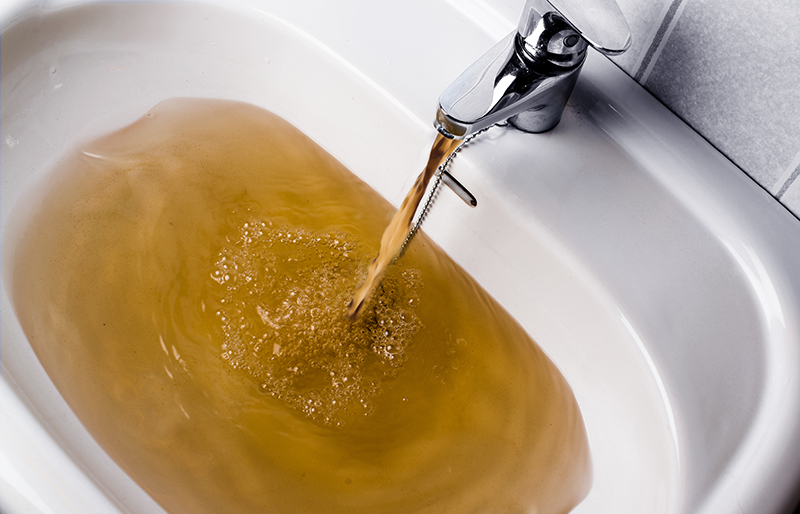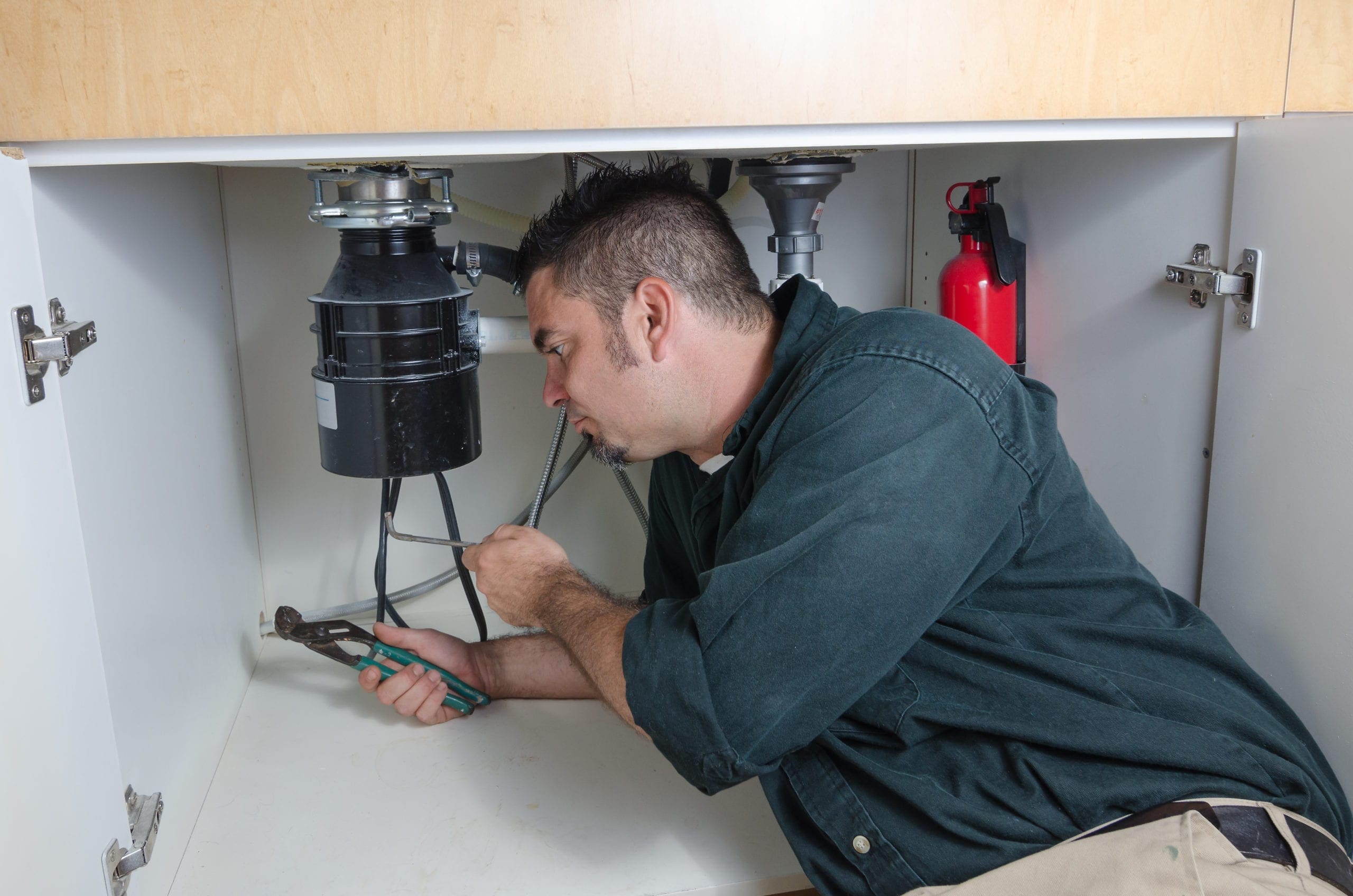Tackling Typical Home Appliance Issues Safely
Tackling Typical Home Appliance Issues Safely
Blog Article
We've come across this post pertaining to Why Do My Plumbing Pipes Make A Knocking Noise below on the internet and believe it made sense to talk about it with you on this page.

To detect loud plumbing, it is very important to identify very first whether the unwanted audios take place on the system's inlet side-in various other words, when water is transformed on-or on the drain side. Noises on the inlet side have varied causes: too much water stress, used shutoff as well as faucet parts, improperly attached pumps or various other devices, improperly put pipe bolts, and also plumbing runs consisting of a lot of tight bends or other constraints. Noises on the drain side generally come from poor area or, as with some inlet side sound, a design containing limited bends.
Hissing
Hissing noise that happens when a faucet is opened a little typically signals excessive water stress. Consult your local public utility if you think this trouble; it will have the ability to tell you the water stress in your area as well as can install a pressurereducing valve on the inbound supply of water pipeline if necessary.
Thudding
Thudding noise, usually accompanied by shuddering pipelines, when a tap or appliance valve is shut off is a condition called water hammer. The noise and also vibration are brought on by the reverberating wave of stress in the water, which suddenly has no location to go. Sometimes opening a shutoff that discharges water rapidly into an area of piping including a constraint, elbow, or tee fitting can generate the same problem.
Water hammer can normally be cured by setting up installations called air chambers or shock absorbers in the plumbing to which the trouble shutoffs or faucets are connected. These devices enable the shock wave developed by the halted circulation of water to dissipate in the air they have, which (unlike water) is compressible.
Older plumbing systems might have short vertical sections of capped pipeline behind wall surfaces on tap runs for the same purpose; these can ultimately full of water, lowering or ruining their performance. The treatment is to drain pipes the water supply completely by shutting off the main supply of water valve as well as opening up all taps. After that open the primary supply shutoff as well as shut the taps one by one, beginning with the tap nearest the shutoff and also finishing with the one farthest away.
Babbling or Shrilling
Extreme chattering or screeching that occurs when a valve or faucet is turned on, and that typically disappears when the fitting is opened completely, signals loose or faulty internal components. The remedy is to change the valve or faucet with a new one.
Pumps and also devices such as cleaning devices and dish washers can transfer electric motor noise to pipes if they are improperly attached. Connect such products to plumbing with plastic or rubber hoses-never rigid pipe-to isolate them.
Various Other Inlet Side Noises
Squeaking, squeaking, scratching, breaking, and also tapping typically are caused by the development or tightening of pipes, usually copper ones supplying hot water. The audios occur as the pipes slide versus loose bolts or strike close-by house framework. You can typically pinpoint the area of the issue if the pipes are revealed; simply follow the audio when the pipelines are making noise. More than likely you will certainly discover a loose pipe wall mount or an area where pipelines lie so close to flooring joists or other mounting pieces that they clatter against them. Connecting foam pipe insulation around the pipelines at the point of get in touch with should correct the problem. Make certain straps and wall mounts are safe as well as provide ample assistance. Where possible, pipeline bolts should be affixed to large structural components such as foundation walls as opposed to to framing; doing so lessens the transmission of resonances from plumbing to surfaces that can intensify as well as transfer them. If affixing fasteners to framework is inevitable, wrap pipelines with insulation or other resistant material where they contact bolts, and sandwich completions of new bolts between rubber washing machines when installing them.
Dealing with plumbing runs that struggle with flow-restricting limited or numerous bends is a last resource that should be embarked on only after getting in touch with a competent plumbing contractor. Regrettably, this scenario is relatively usual in older houses that might not have been developed with interior plumbing or that have seen numerous remodels, especially by beginners.
Drainpipe Sound
On the drainpipe side of plumbing, the chief goals are to remove surface areas that can be struck by falling or rushing water as well as to shield pipes to include inevitable audios.
In new construction, tubs, shower stalls, toilets, as well as wallmounted sinks and also basins must be set on or versus resilient underlayments to minimize the transmission of audio through them. Water-saving bathrooms and also faucets are less noisy than traditional versions; install them rather than older types even if codes in your area still allow using older components.
Drains that do not run vertically to the cellar or that branch into straight pipeline runs supported at floor joists or various other framing existing specifically problematic noise issues. Such pipes are big sufficient to emit considerable vibration; they likewise bring substantial amounts of water, which makes the situation worse. In new building, define cast-iron dirt pipes (the huge pipes that drain bathrooms) if you can manage them. Their massiveness includes a lot of the sound made by water passing through them. Also, prevent transmitting drains in walls shown rooms as well as areas where people gather. Walls consisting of drains need to be soundproofed as was described earlier, utilizing dual panels of sound-insulating fiber board and also wallboard. Pipes themselves can be wrapped with special fiberglass insulation made for the purpose; such pipes have an invulnerable plastic skin (occasionally containing lead). Results are not always satisfying.
WHY IS MY PLUMBING MAKING SO MUCH NOISE?
This noise indeed sounds like someone is banging a hammer against your pipes! It happens when a faucet is opened, allowed to run for a bit, then quickly shut — causing the rushing water to slam against the shut-off valve.
To remedy this, you’ll need to check and refill your air chamber. Air chambers are filled with — you guessed it — air and help absorb the shock of moving water (that comes to a sudden stop). Over time, these chambers can fill with water, making them less effective.
You’ll want to turn off your home’s water supply, then open ALL faucets (from the bathroom sink to outdoor hose bib) to drain your pipes. Then, turn the water back on and hopefully the noise stops! If you’re still hearing the sound, give us a call to examine further.
Whistles
Whistling sounds can be frustrating, as sometimes the source isn’t easily identified. However, if you can pinpoint which faucet or valve that may be the cause, you’ll likely encounter a worn gasket or washer — an easy fix if you replace the worn parts!Whistling sounds from elsewhere can mean a number of things — from high water pressure to mineral deposits. Your best plan of attack here is to give our plumbing experts a call. We’ll be able to determine where the noise is coming from and what the cause may be, then recommend an effective fix!
Cracks or Ticks
Cracking or ticking typically comes from hot water going through cold, copper pipes. This causes the copper to expand resulting in a cracking or ticking sound. Once the pipes stop expanding, the noise should stop as well.
Pro tip: you may want to lower the temperature of your water heater to see if that helps lessen the sound, or wrapping the pipe in insulation can also help muffle the noise.
Bangs
Bangs typically come from water pressure that’s too high. To test for high water pressure, get a pressure gauge and attach it to your faucet. Water pressure should be no higher than 80 psi (pounds per square inch) and also no lower than 40 psi. If you find a number greater than 80 psi, then you’ve found your problem!
Next step is to give us a call in order to install a pressure regulator. Trust us, you don’t want to wait to resolve this issue. Not only is the sound annoying, but high water pressure can be destructive to your home — including damaging certain appliances, like your washer and dishwasher.
Dripping
You might be accustom to the slow quiet drip your kitchen faucet makes. You might have even tuned out your bathroom sink dripping and drabbing all day long — but it’s time to find its cause.
A slow drip could signify a variety of easy to fix issues, such as a worn out O ring, or loose part. And by ignoring the drip, you could be wasting up to 2,000 gallons of water a year! So start conserving water — get it looked at ASAP.
https://www.pwessig.com/blog/2018/december/why-is-my-plumbing-making-so-much-noise-/

I was made aware of that article about Why Do My Pipes Make Noises from a friend on a different web blog. Do you know another person who is interested by the niche? Feel free to share it. Thank-you for going through it.
Visit My Site Report this page